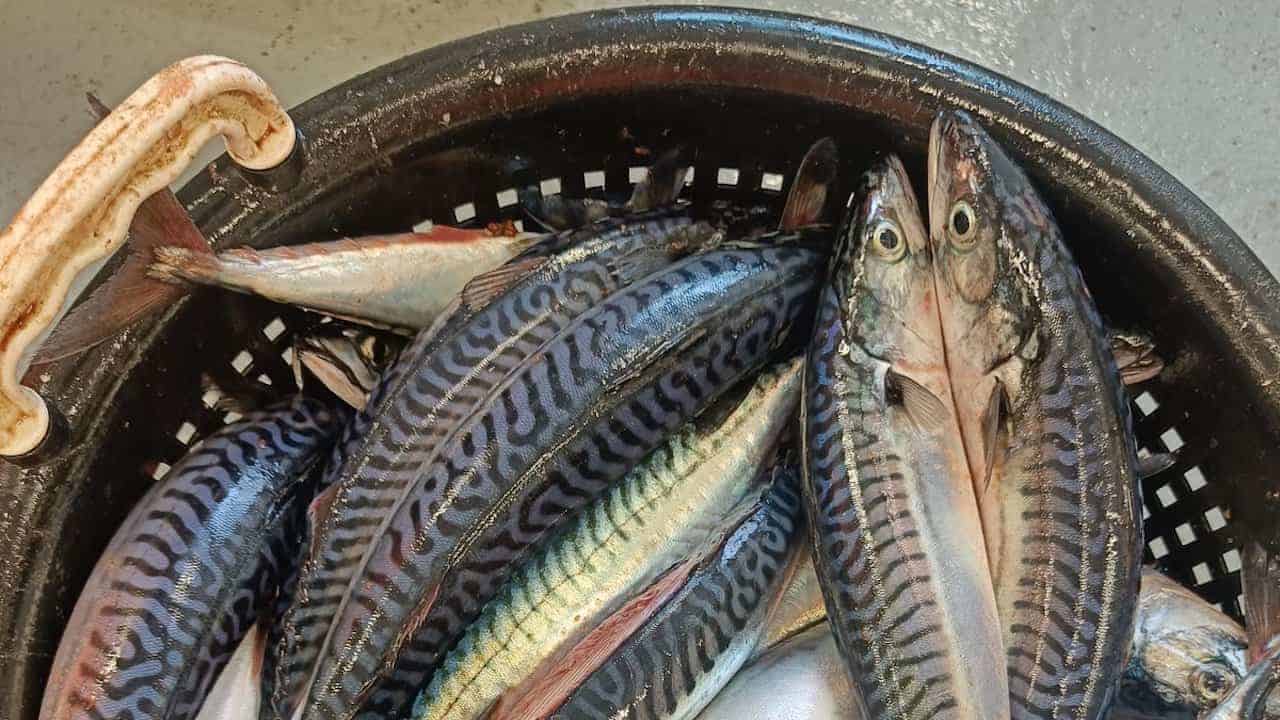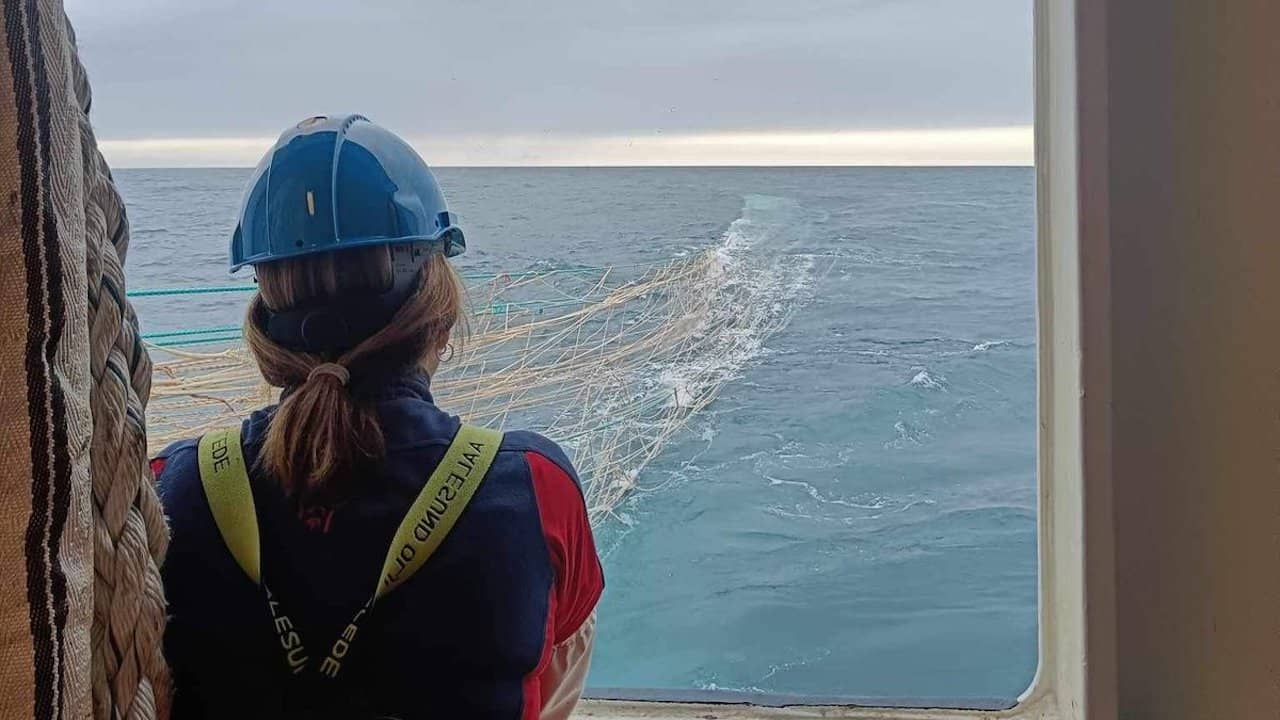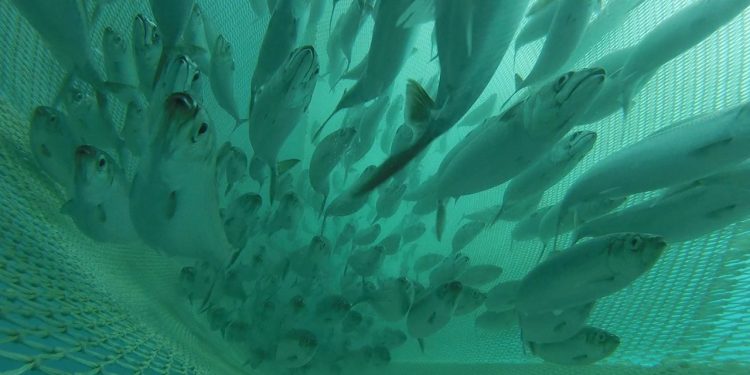Four vessels are participating in this year’s ecosystem survey in northern waters, using trawl gear to gauge volumes of mackerel, and sonar data to estimate amounts of herring and cod.

The Norwegian part of the survet is conducted using commercial fishing vessels Eros and Vendla, starting in the southern part of the Norwegian Sea and the northern North Sea. After a crew change and a call in Tromsø, the two pelagic vessels worked further to the north, mapping areas from Bear Island to the Norwegian coast, Jan Mayen and international waters.
The Institute of Marine Research reports that there have been lower catches of mackerel in northern water compared to those further south during the earlier part of the survey, but the mackerel caught further north have been significantly larger, with average weights up to 580 grammes in tows south of the Jan Mayen zone, with individuals of over 600 grammes and up to 17 years old.
There has been a clear increase in the acoustic recordings of Norwegian spring-spawning herring during the second part of the trip, mainly small schools of herring with herring between 10-40 m deep.

Acoustic sampling is used for blue whiting, with trawl tows between 150 and 350 metres to verify sonar data. The depth depends on the time of day as th efish are generally found higher in the water column during the night, with younger fish also generally swimming higher.
According to the Institute, blue whiting tend to be larger and older in the northern areas of the Norwegian Sea compared to further south – but this year amounts of 2- and 3-year blue whiting from the strong 2020 and 2021 year classes are found in sample tows as far north as between Svalbard and Bear Island. The blue whiting in the northern areas range from 60 to 435 grammes, and are 2- to 9-year-old individuals.









